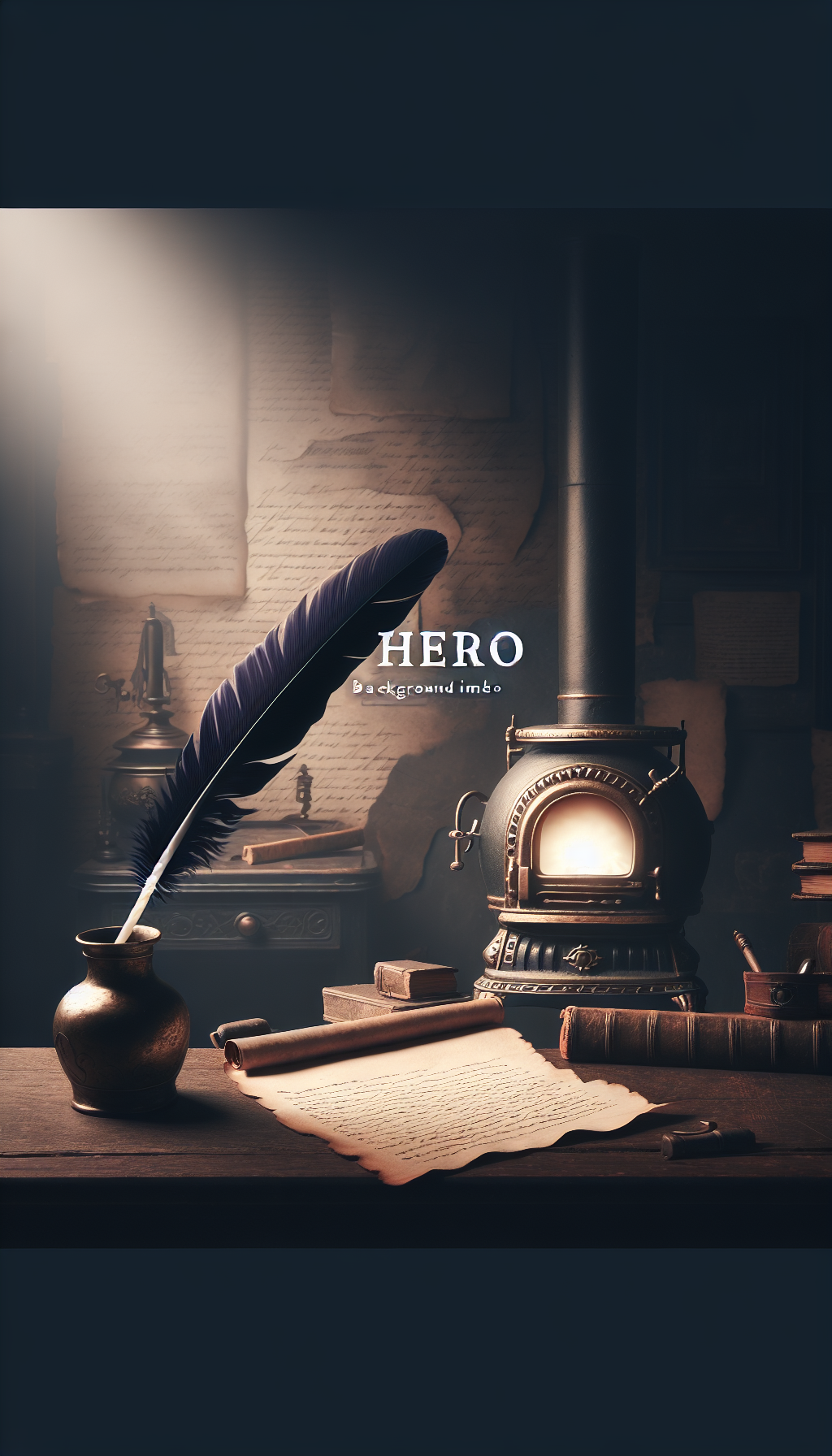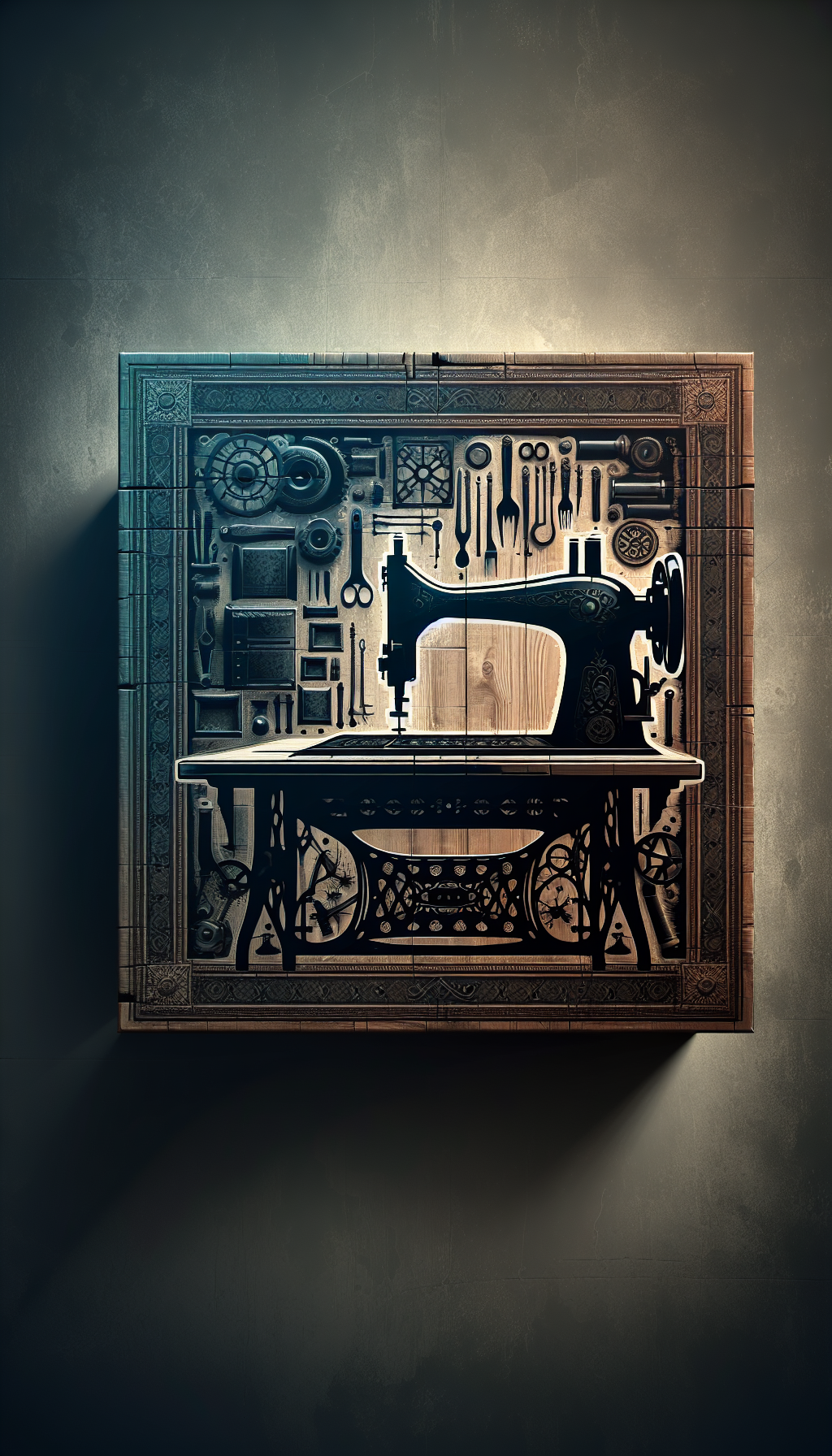Razzberry Creek Crossing Art Print By Carl Valente American B 1928
Collectors encounter Razzberry Creek Crossing frequently in galleries, estate sales, and online listings, often accompanied by the line “Carl Valente, American, b. 1928.” This guide explains how to identify what you have, separate open-edition décor prints from hand-signed limited editions, evaluate condition, and make sense of real-world value for appraisal or sale.
Carl Valente (American, b. 1928): What to Know
Carl Valente is associated with mid- to late-20th-century American landscape painting and print publishing. Much of his work reached buyers through mass-market distributors alongside limited editions aimed at frame shops and regional galleries. That dual channel is why his name appears in both decorator print catalogs and fine-art print inventories.
Key takeaways about the artist and market context:
- Subject matter: Atmospheric American landscapes—pastures, streams, tree lines, and bridges—painted in a reassuring, pastoral idiom that appealed to home decorators.
- Distribution: Commonly encountered in offset lithographs and posters; scarcer as hand-signed and numbered editions on higher-grade paper.
- Signature practices: Many prints carry a “plate” or “printed-in-image” signature, sometimes in script “C. Valente.” Hand-signed examples in pencil also exist.
- Market dynamic: Stronger demand for clean, hand-signed limited editions; open editions are plentiful, with values driven by condition and framing rather than scarcity.
If you see cataloging such as “American, b. 1928” in the lower margin or on a gallery label, it typically comes from publisher lines or a dealer’s attribution shorthand.
About “Razzberry Creek Crossing”
Razzberry Creek Crossing is a bucolic landscape featuring a gentle watercourse and a rustic crossing—often a small bridge or stony ford—framed by trees and subdued, late-afternoon light. The intentionally whimsical spelling “Razzberry” appears on many prints; you may also encounter “Raspberry Creek Crossing” as a variant label.
What variations exist:
- Title line: The margin may show the title at lower center; in other cases, the title appears only on labels or on the backing paper.
- Signature:
- Printed signature within the image (e.g., lower right).
- Pencil signature in the lower right margin, typically “Carl Valente” or “C. Valente.”
- Editioning:
- Open editions (no fraction, no limitation statement).
- Limited editions with a pencil fraction at lower left (e.g., 123/750). These are less common.
- Printing methods:
- Offset lithograph on poster or coated stock (most common).
- Higher-grade lithographs or serigraphs on rag paper exist but are less frequently seen for this title.
- Sizes:
- Image sizes often fall within roughly 16 × 20 inches to 24 × 36 inches for open editions.
- Limited editions may be slightly smaller or larger depending on the publisher.
- Publisher marks:
- A small line of type in the lower margin or on the verso sometimes notes the publisher or printer. If trimmed by framing, this information may be lost.
Because multiple publishing runs occurred for popular decorator images in the late 20th century, your goal is to pin down which run you have—open-edition poster, offset lithograph of higher quality, or a genuinely limited edition with pencil signature and fraction.
Identification: Edition, Printing Method, and Authentic Marks
The difference between a $40 décor print and a several-hundred-dollar collectible often comes down to a few physical clues. Work systematically:
- Examine the signature
- Printed signature (in-image): If the signature sits within the image area and shows the same dot pattern as the surrounding ink under magnification, it is a plate/printed signature. This alone does not confer higher value.
- Pencil signature (in margin): Look for graphite shine and slight indentation from pressure. Lightly tilt under raking light; the pencil will have a different reflectivity than ink.
- Signature position: Commonly lower right margin for pencil signatures. Compare the handwriting across known Valente examples if available.
- Look for edition markings
- Limited editions usually carry a fraction at lower left (e.g., 245/500). The numerator is the individual print number; the denominator is the edition size. Pencil-written numbers with the same hand as the signature are a good sign.
- Open editions will lack the fraction and may carry only a title line and/or a printed signature.
- Check paper and edges
- Rag paper indicators: Softer feel, possible deckled (feathered) edges if untrimmed, and sometimes a watermark (e.g., Arches, Rives). Watermarks are often visible when backlit or under strong light.
- Poster/coated stock: Smooth, stiffer, and without deckle. The back may be slightly glossy or clay-coated.
- Magnify the image
- Offset lithography/poster: Under 10x magnification, you will see a regular halftone dot pattern (CMYK dots or rosettes).
- Fine-art lithograph or serigraph: Typically shows solid color fields or irregular ink edges rather than mechanical dots. Serigraphs have layered ink with a slightly raised feel.
- Identify printer’s or publisher’s marks
- Blind stamp/chop: An embossed symbol in the margin, often near a corner. Presence suggests a fine-art edition, though not all publishers used chops.
- Printed line: Small text with publisher, date, or copyright along the lower margin. If hidden by a mat, you may need to unframe partially to read it.
- Title and cataloging lines
- Confirm the exact wording: “Razzberry Creek Crossing” vs. “Raspberry Creek Crossing.” Consistency between title line and any label or COA supports proper attribution.
- Frame job clues
- Stock gallery mats from chain framers of the 1980s–1990s often accompany open editions.
- Archival hinging, wheat-starch paste, or Japanese paper tabs are more typical in higher-value, limited editions or museum-quality reframes.
Document everything—measurements to the millimeter, paper type, edition marks, and any inscriptions on the verso—before proceeding to valuation.
Condition and Conservation Factors
Condition is a primary value driver. For paper-based prints like Razzberry Creek Crossing, the most common issues include:
- Fading and color shift: Prolonged UV exposure mutes greens and blues first. Compare margins hidden under the mat to exposed areas to gauge fade.
- Mat burn: Brownish lines where acidic mats contacted the paper. Reversible with professional conservation but costly relative to some open-edition values.
- Foxing: Rust-colored spots from mold or metal impurities. Light foxing can be stabilized; heavy foxing depresses value.
- Tide lines and staining: Water exposure leaves a visible line; paper cockling may accompany it.
- Toning: Overall yellowing from acidity or light.
- Abrasions and handling creases: Especially near corners or where over-tight framing occurred.
- Tape, glue, and residue: Pressure-sensitive tapes (e.g., from the 1970s–1990s) can stain and tear fibers. Hinges should ideally be on the verso margins only.
Conservation recommendations:
- If the print is valuable (hand-signed and low-numbered, or exceptional condition), consider professional deacidification, stain reduction, and archival reframing.
- Use 100% cotton rag or alpha-cellulose mats, UV-filtering glazing (acrylic or glass), and reversible Japanese paper hinges with wheat-starch paste.
- Avoid spray “deacidifiers” or household cleaners. Amateur cleaning can irreversibly damage inks and paper.
Practical rule: Spend thoughtfully. An $85 open-edition print does not warrant a $400 conservation bill unless sentimental value or a grouping display justifies it. A clean, limited edition may merit professional treatment to preserve value.
Market and Value: What Sells, and For How Much
Valuation depends on three pillars: edition scarcity, signature/markings, and condition. Geographic demand and framing quality also matter, but secondarily.
Typical bands you may observe in the secondary market (ranges are indicative, not guarantees, and can fluctuate with local demand):
- Open-edition offset lithograph or poster:
- Unframed, good condition: often $30–$125 retail on the secondary market.
- Nicely framed, ready to hang: often $75–$225. Buyers pay for the frame and convenience.
- Hand-signed, limited edition (e.g., pencil-signed and numbered):
- Unframed, very good to excellent: often $150–$400, sometimes higher if early number, pristine paper, and known publisher.
- Framed with archival materials: $200–$600, with upper end tied to presentation quality and lack of fading.
- Fine-art print variants (e.g., serigraph on rag, printer’s proof, artist’s proof) when documented:
- Case-by-case; a documented proof or higher-spec edition can exceed the limited-edition range, assuming condition is excellent.
Factors that raise value:
- Pencil signature and clear edition fraction.
- Publisher’s blind stamp or watermark on rag paper.
- Crisp, unfaded colors; untrimmed margins.
- Original folder, certificate, or gallery bill of sale (even if a COA is not definitive, it helps provenance).
Factors that lower value:
- Faded image, mat burn, foxing, or water staining.
- Trimmed margins (especially if cutting removed edition marks).
- Damaged framing, non-UV glazing, or adhesive stains.
Note on COAs: Certificates from frame shops or poster houses can support provenance but rarely authenticate in a conclusive way. The print itself—its marks, paper, and technique—carries the most authority.
When to seek a professional appraisal:
- If the print appears to be on rag paper with a blind stamp and clear pencil signature/edition.
- If you suspect an early or uncommon edition, or if the piece appears unusually large or high-spec relative to common runs.
- If you need a formal valuation for insurance or estate purposes.
Appraisal Workflow Checklist
- Verify the title: Match “Razzberry Creek Crossing” spelling across margin, labels, and any paperwork.
- Record dimensions: Image size and sheet size to the millimeter; note whether margins are present or trimmed.
- Identify the signature: Printed-in-image vs. pencil in margin; photograph under raking light.
- Check for edition marks: Pencil fraction, AP/PP notations, blind stamps, watermarks.
- Determine print process: Loupe test for halftone dots; note paper type and texture.
- Assess condition: Fading, mat burn, foxing, stains, creases, tape; grade severity.
- Note framing: Materials, glazing type, hinging method; look for acidity risks.
- Document provenance: Receipts, gallery labels, COAs; photograph verso inscriptions.
- Research comparables: Match edition type, size, condition; adjust for framing and regional demand.
- Conclude value range: Provide a low–high estimate and state assumptions and condition caveats.
FAQ
Q: Is my Razzberry Creek Crossing an original painting or a print? A: Most examples on the market are prints—commonly offset lithographs. An original painting would be on canvas or panel with visible brushwork and no halftone dot pattern under magnification. If yours is on paper with uniform dot structure, it is a print.
Q: How can I tell if mine is a limited edition? A: Look for a pencil-written fraction (e.g., 178/500) at the lower left margin and a pencil signature at the lower right. A publisher’s blind stamp or a paper watermark further supports limited-edition status. Absence of these usually indicates an open edition.
Q: Does a printed signature have value? A: Printed signatures are standard on open editions and posters; they do not add scarcity. Value in such cases is mostly decorative and condition-driven. Hand-signed examples generally command more.
Q: Should I reframe my print? A: If the current mat is acidic, the glazing is non-UV, or tape is damaging the sheet, reframing with archival materials protects the work and maintains value. For open editions of modest value, balance conservation costs with expected resale.
Q: What’s a realistic price if I want to sell quickly? A: For an open-edition print in clean condition, priced-to-sell figures often sit in the $40–$125 range depending on size and framing. Hand-signed, limited editions commonly realize higher sums; market your piece with clear photos of the signature, edition marks, and paper details to justify your ask.
With a methodical inspection—signature, editioning, paper, printing method, and condition—you can confidently identify which version of Carl Valente’s Razzberry Creek Crossing you own and position it accurately for appraisal, sale, or long-term care.




